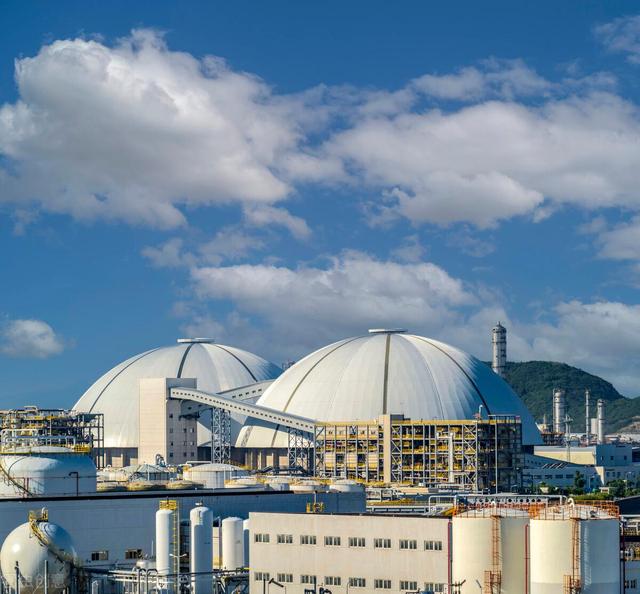Currently, there are methods to extract small amounts of palladium and platinum from waste rhodium solutions that contain a large amount of rhodium.
Release time:
2021-12-28
Currently, there are methods to extract a small amount of palladium and platinum from solutions containing a large amount of rhodium waste. The recovery and purification of rhodium can effectively extract palladium from rhodium electrolytic solutions, but there have been no reports on the purification rate of rhodium and the absorption rate of palladium. Research has found that if activated carbon is not boiled and oxidized with concentrated nitric acid, the purification rates of platinum and palladium are low, and some rhodium is also purified. Experiments conducted in some copper plants have proven that the direct recovery rate of palladium is only about 70%, and the working conditions are also poor.

The recovery of waste rhodium solution currently extracts a small amount of palladium and platinum from solutions containing a large amount of rhodium.
Using rhodium solution for recovery and purification can effectively extract palladium from rhodium electrolyte, but there are no reports on the purification rate of rhodium and the absorption rate of palladium. Research has found that if activated carbon is not boiled and oxidized with concentrated nitric acid, the purification rates of platinum and palladium are low, and some rhodium is also purified. Experiments in some copper plants have proven that the direct recovery rate of palladium is only about 70%, and the working conditions are also poor.

Therefore, it is proposed to use butyl xanthate as a precipitating agent, which is a very effective method to extract platinum and palladium from rhodium electrolyte. This method is applicable to two types of electrolyte solutions containing platinum, palladium, and those containing only palladium without platinum, with high selectivity. The precipitation rates can reach 99% for platinum and 99.9% for palladium. The co-precipitation rate of rhodium does not exceed 2%. The total K for palladium xanthate recovery is 3×10^-43, and the total K for rhodium xanthate recovery is 8.5×10^-19. In a weakly acidic nitric acid solution where palladium and rhodium coexist, if butyl xanthate is added according to the chemical calculation amount for generating palladium xanthate, palladium will preferentially and rapidly precipitate, while rhodium remains in the solution.

Pd(NO3):+2C;H;OCSSNa——(C;Hg OCSS):Pdv+2NaNO; Xanthate is a relatively strong complexing agent. When butyl xanthate is added to a solution with a large amount of rhodium, it can also react with rhodium. Due to the generated butyl rhodium xanthate, it can undergo an exchange reaction with palladium nitrate, so palladium can still precipitate quantitatively, while rhodium remains in the solution. Pd(NO,)2+2C H,OCSSAg=(C,H,OCSS):Pd+2AgNO. The form of platinum dispersed in rhodium electrolyte has not been specifically reported to date. Relevant literature suggests it may be a nitrosyl complex of divalent platinum Ag?Pt(NO2)4.

Tag:
recommend News
Share



